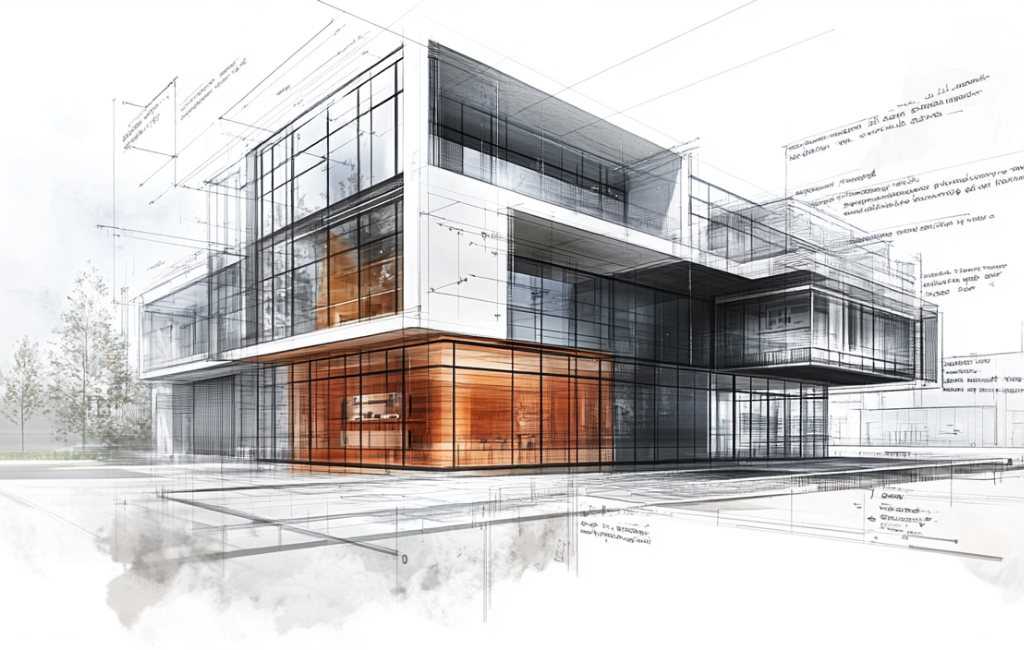
Best Architect Trends to Follow
In the ever-evolving field of architecture, staying updated with the latest trends is crucial for professionals and enthusiasts alike. The architectural landscape is constantly being reshaped by technological advancements, environmental considerations, and changing societal needs. This article explores some of the most significant trends in architecture today, providing insights and examples to illustrate their impact.
1. Sustainable Architecture
Sustainability has become a cornerstone of modern architecture. With growing awareness of environmental issues, architects are increasingly focusing on creating eco-friendly designs that minimize carbon footprints and promote energy efficiency.
- Green Building Materials: The use of sustainable materials such as bamboo, recycled steel, and reclaimed wood is on the rise. These materials not only reduce environmental impact but also offer unique aesthetic qualities.
- Energy-Efficient Designs: Incorporating solar panels, green roofs, and passive solar design techniques helps in reducing energy consumption. Buildings like the Edge in Amsterdam exemplify this trend, being one of the most sustainable office buildings globally.
- Water Conservation: Innovative water management systems, including rainwater harvesting and greywater recycling, are becoming standard practices in new constructions.
2. Smart Buildings
The integration of technology into building design is transforming how spaces are used and managed. Smart buildings utilize advanced systems to enhance comfort, efficiency, and security.
- IoT Integration: The Internet of Things (IoT) allows for interconnected devices that can monitor and control various building functions, from lighting to HVAC systems.
- Automated Systems: Automation in buildings can lead to significant energy savings and improved user experience. For instance, smart thermostats and lighting systems adjust based on occupancy and natural light levels.
- Data-Driven Design: Using data analytics, architects can optimize building performance and design spaces that better meet the needs of occupants.
3. Biophilic Design
Biophilic design emphasizes the connection between humans and nature, aiming to create spaces that enhance well-being and productivity.
- Natural Elements: Incorporating natural light, plants, and water features into building design can improve mental health and reduce stress.
- Organic Forms: Using shapes and patterns found in nature can create a more harmonious and aesthetically pleasing environment.
- Case Study – Amazon Spheres: The Amazon Spheres in Seattle are a prime example of biophilic design, featuring a lush indoor garden that serves as a workspace for employees.
4. Adaptive Reuse
Adaptive reuse involves repurposing old buildings for new uses, preserving historical architecture while meeting modern needs.
- Preservation of Heritage: This trend allows for the conservation of cultural heritage, maintaining the character of cities while providing functional spaces.
- Cost-Effective Solutions: Repurposing existing structures can be more economical than new constructions, reducing material waste and construction time.
- Example – Tate Modern: The Tate Modern in London, a former power station, is a successful example of adaptive reuse, now serving as a world-renowned art gallery.
5. Modular and Prefabricated Construction
Modular and prefabricated construction methods are gaining popularity due to their efficiency and cost-effectiveness.
- Speed of Construction: Prefabricated components can be manufactured off-site and assembled quickly, reducing construction time significantly.
- Quality Control: Factory production ensures higher quality standards and less on-site waste.
- Case Study – B2 Tower: The B2 Tower in Brooklyn is an example of modular construction, being one of the tallest modular buildings in the world.
6. Minimalist Design
Minimalism in architecture focuses on simplicity, functionality, and the use of clean lines and open spaces.
- Less is More: Minimalist design emphasizes the use of fewer materials and elements, creating uncluttered and serene environments.
- Functional Spaces: Every element in a minimalist design serves a purpose, enhancing the usability of the space.
- Example – Farnsworth House: Designed by Mies van der Rohe, the Farnsworth House is a classic example of minimalist architecture, showcasing simplicity and elegance.
Conclusion
The architectural trends discussed in this article highlight the dynamic nature of the field. From sustainable practices to technological integration, these trends are shaping the future of architecture. By embracing these innovations, architects can create spaces that are not only functional and aesthetically pleasing but also environmentally responsible and technologically advanced. As the industry continues to evolve, staying informed about these trends will be key to success in the architectural profession.